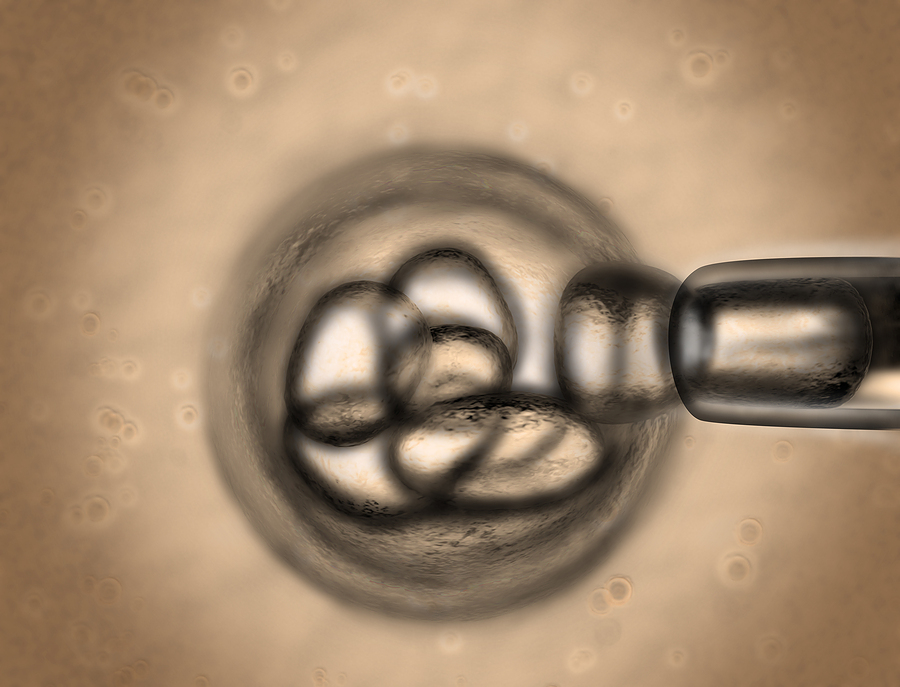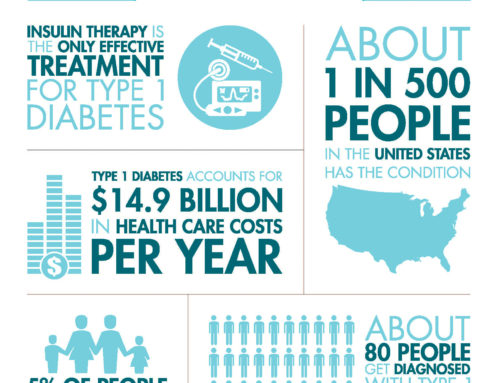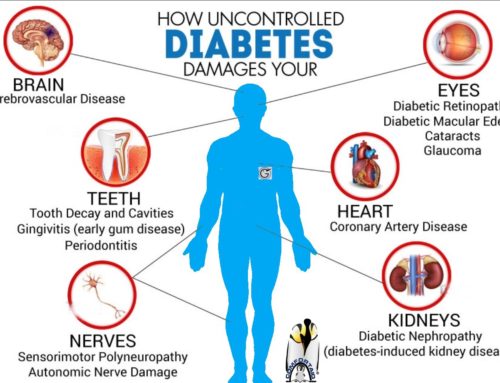Diving into dangerous waters, but I think it’s worth mentioning because it is one of the few researches where there is hope of almost a complete control of the diabetes under monitored conditions. Stem cell research is always a controversial subject with the common public, and one can totally understand the concerns behind the overwhelming and often serious arguments between supporters and antagonists of the research, but it’s still well worth mentioning the kind of progress that has been made in the field. In all honesty, keeping yourself informed about diabetes is battle half won.
The way stem cell transplantation works to cure a disease is fairly easy to explain in simple non-scientific terms. Basically, stem cells are cells that have not yet differentiated into specialized cells for a specific function. Therefore, they have the capacity to differentiate into the desired cells under specific conditions. Diabetes, as you probably know is a disease where your body produces either little or no insulin or it just does not react properly to insulin. Currently, scientists are still unsure whether to use stem cells to generate the cells that release insulin, also called beta cells, or to try to create all pancreatic cells.
Here’s where we come to the controversial part of this research. The source of these undifferentiated stem cells can be fetal tissue, whether it is from an aborted fetus or umbilical cord blood. Research with fetal tissue revealed that in order for the cells to proliferate into functioning pancreatic tissue, they had to be undifferentiated. Cells that were slightly differentiated into beta cells did not do the job.
There are some researchers who’ve attempted to use differentiated cells from human cadavers, but the success rate in generating healthy pancreatic cells is comparatively low. Also, scientists have found that the cells either grow fast producing little insulin, or grow slowly producing larger quantities of insulin. The trick is to strike a balance between the two, something the scientists have been unable to do so far.
Now once again back to fetal tissue and how it could prove useful. Researchers have been given new hope with embryonic stem cells which have a greater chance of differentiating into the proper pancreatic cells. It is also believed that these cells are less likely to be rejected by the body.
Here’s the long and short of it. We’re somewhere in the middle of research which might one day lead to eradicating diabetes altogether. There are those who are going to argue against using stem cell research, even if it does one day provide a cure for so many untreated diseases. However, there is still hope that the cells from cadavers might do the trick, which would be the ideal situation. If you want further details of the kind of research scientists have carried out in the field, you might want to hop on to this website and get all the information you can handle. Read more here…







Leave A Comment